Energy
This Country Has the Only Permanent Nuclear Waste Storage. So What Are All the Others Doing?

Published:

In 2024, there were 440 nuclear reactors operating in 32 countries around the world. Even countries without reactors generate nuclear waste from research laboratories, industrial equipment, and nuclear medical equipment discarded by hospitals. This all produces tons of waste, some of which is so dangerous it needs to be securely stored for thousands of years. Only one country has solved the problem, and it’s not the United States. What’s the solution, and what are we, and the rest of the world, doing about this problem?
24/7 Wall St. Insights

The question of how to dispose of nuclear waste is more important than ever, because the world is going through something of a nuclear renaissance. After years of fear about nuclear power plant safety, there are now over 400 of them operating in the world with stellar safety records. As climate change has become an increasingly pressing issue, many developed countries, including the United States, are looking to expand their nuclear energy capacity to wean themselves off fossil fuels. As long as all radioactivity is contained, the only by-products of nuclear energy generation released into the environment are steam and warm water. But this renewed enthusiasm for nuclear power means that radioactive waste generation will continue to grow.
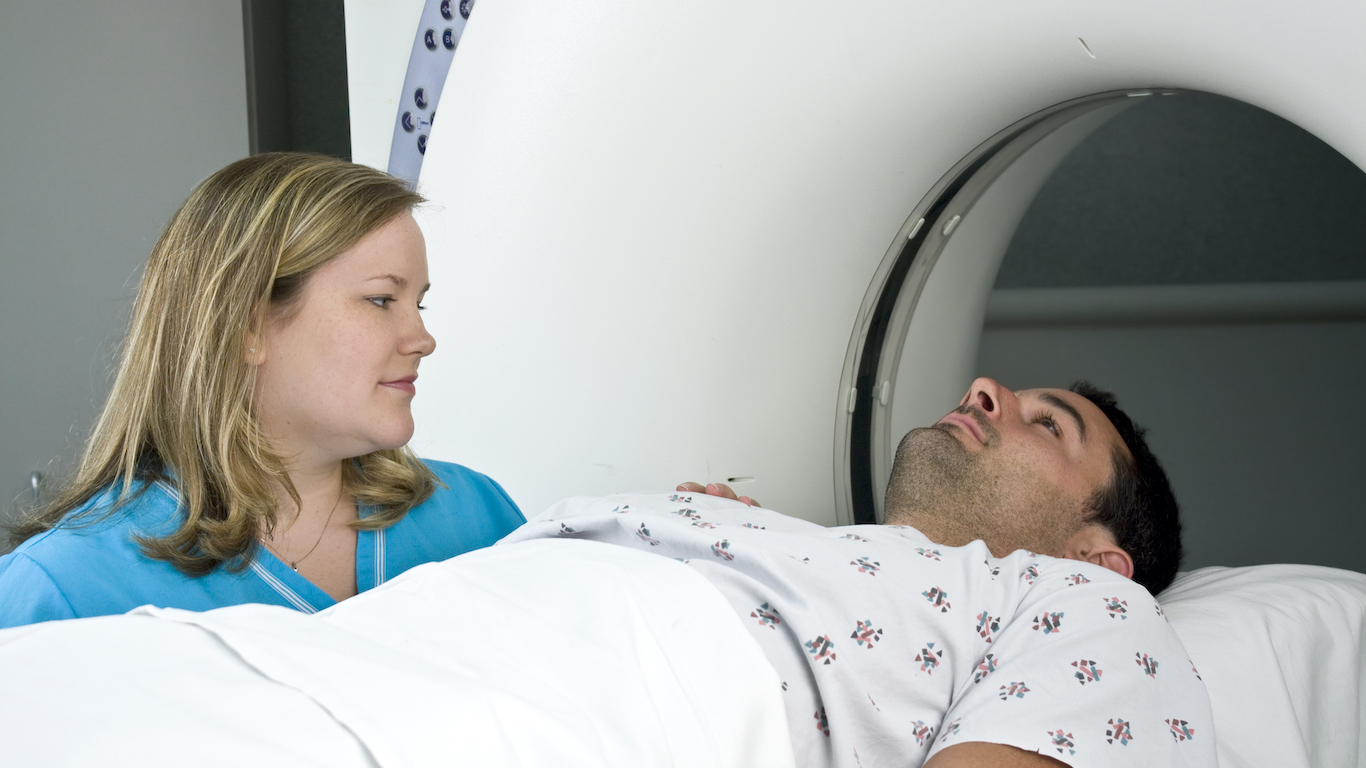
One of the main sources of nuclear waste is spent fuel rods from nuclear power generation. Nuclear weapons production and dismantling is another source of radioactive waste. Some industries use nuclear gauges and other equipment that gets discarded from time to time. Research institutions and hospitals that do nuclear medicine also discard worn out equipment that is contaminated by radioactivity. Building materials from decommissioned and demolished nuclear reactors has to be stored. Hazmat suits and tools used by people working in radioactive environments is also a form of nuclear waste.

Radioactive materials release particles that are dangerous to living things. However, over time they decay into safe materials. This can take decades or hundreds of thousands of years, depending on the type of material. Nuclear waste is divided into three categories based on its radiation level:

The lowest-level nuclear waste is called “very short-lived low-level radioactive waste.” It loses its radioactivity in a few years. Other low level waste mostly decays to non-hazardous level in 100 years or so. This kind of material can be stored in a secure underground facility near the surface.

Intermediate-level waste requires containment for hundreds of years. This kind of waste gets encased in bitumen, concrete, or glass. These materials can begin to disintegrate and lose their strength over time, allowing radiation to leak. So this kind of waste should be stored deep undeground.
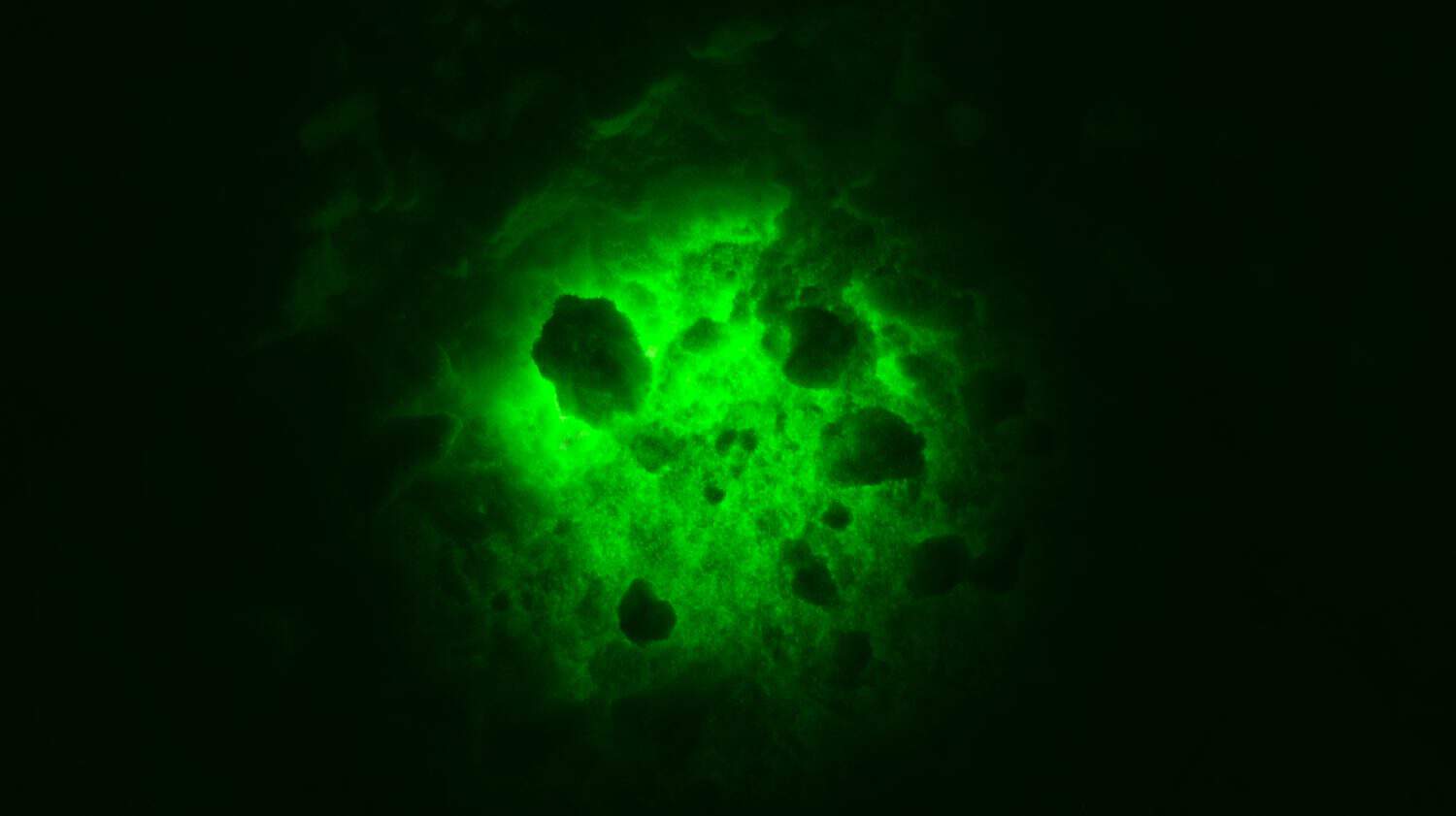
High-level nuclear waste takes 10,000 years or more to disintegrate back to the level of radioactivity the original elements had before being mined and enriched for industrial or military purposes. But of course, those original elements are also highly radioactive, so this material needs to be stored for tens of thousands or hundreds of thousands of years before it is safe for people to handle it.

Here are current estimates of the amount of nuclear waste there is in the world. Note that some low and intermediate level waste is stored in suitable repositories for the type of radiation they emit; others are in secure on-site storage that is considered temporary. All high-level waste as of 2024 is still in temporary storage, awaiting final disposal in deep facilities.
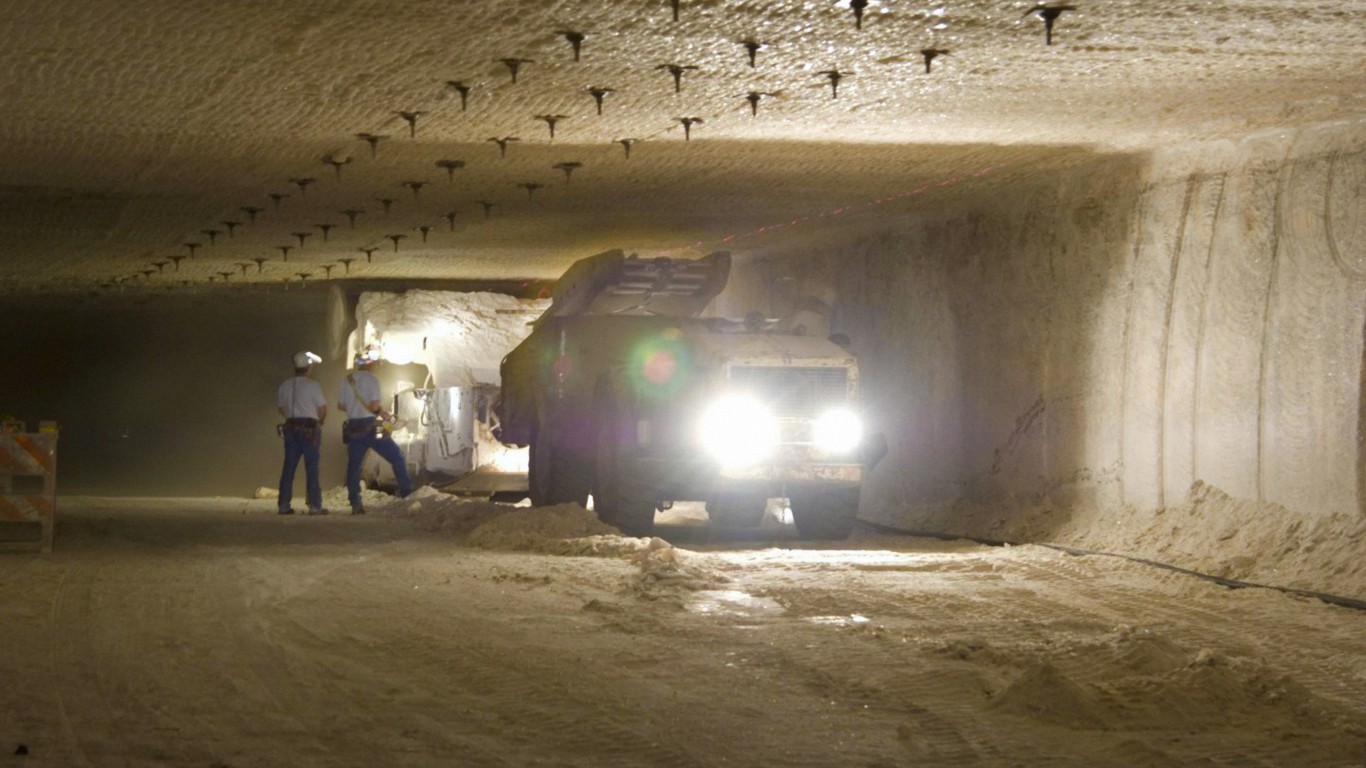
The lowest-level nuclear waste generated by medical facilities, research institutions, and industries is stored on-site until it decays to a level that it can be discarded along with regular biohazard or toxic materials, often in a year or less, or safely transported to a disposal facility. Waste with higher levels of radioactivity from power plants and military applications is also usually stored on-site in secure underground storage. The highest-level nuclear waste is stored in deeply-buried facilities.

Hardly any countries have built a permanent storage facility designed to hold the most radioactive waste for 10,000 years or more. This storage needs to be as far underground as possible in a solid rock formation that is geologically stable. It can’t be in a place where radiation could leak into the environment, especially into groundwater sources. Within the facility, containment methods need to be solid enough to withstand constant bombardment by radioactivity without disintegrating dangerously. And somehow the access point to the facility needs to be labeled with pictograms that people living many thousands of years in the future who no longer speak our languages would be able to understand. (But of course, we know how well that worked with all those cursed Egyptian tombs, right?)
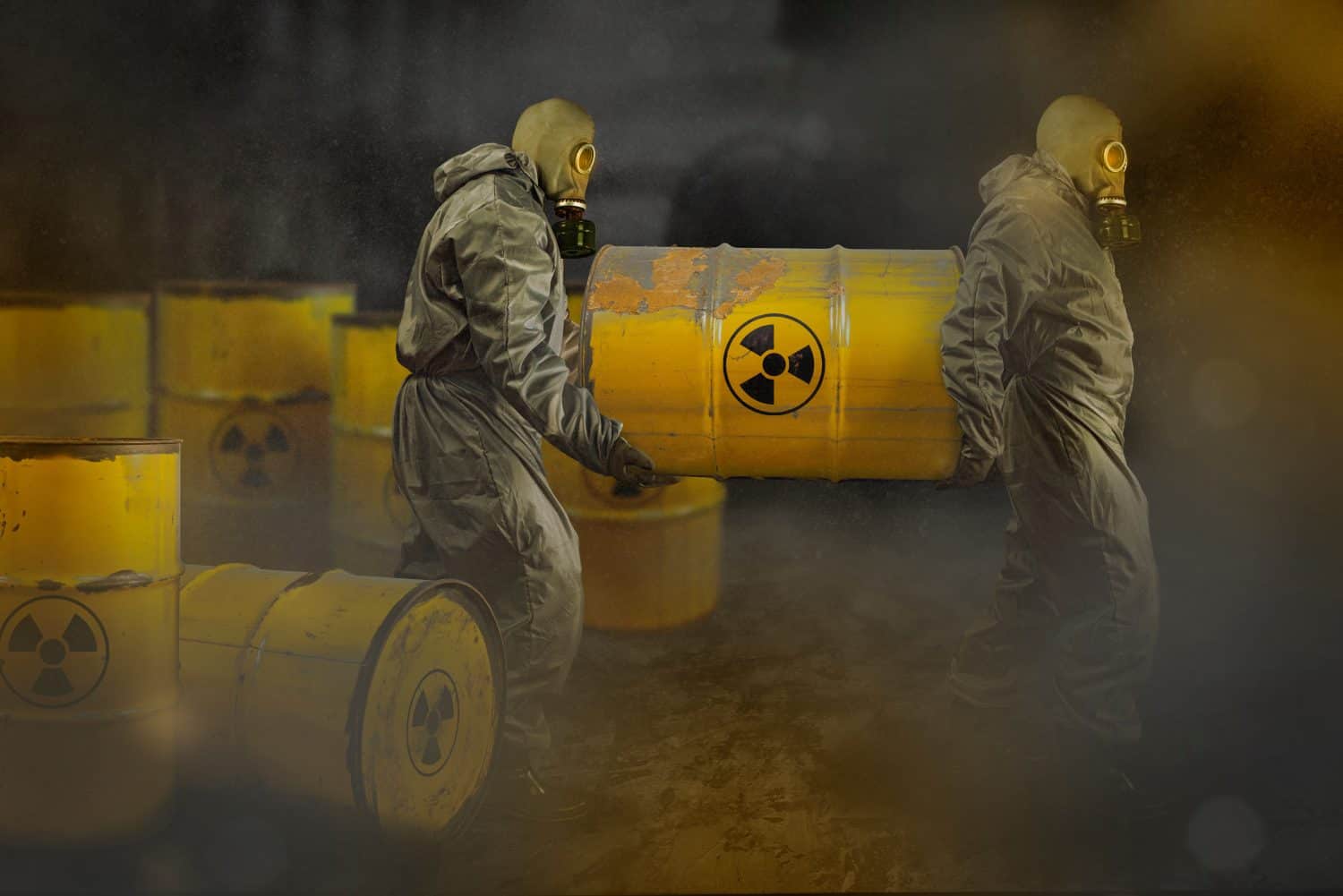
Nearly every country generates some nuclear waste, even if they don’t have reactors. Only one country has put the resources into a permanent disposal solution for the highest-level radioactive waste. Most countries have delayed doing so because their waste is currently stored, somehow, although not optimally. Building a permanent facility is expensive. No one wants one near where they live, and if you build it in the wilderness it draws protest from environmentalists, no matter how safe you try to make it. So it’s a political nightmare no one wants to touch. Here’s how some of the world’s biggest nuclear waste generating countries are managing.
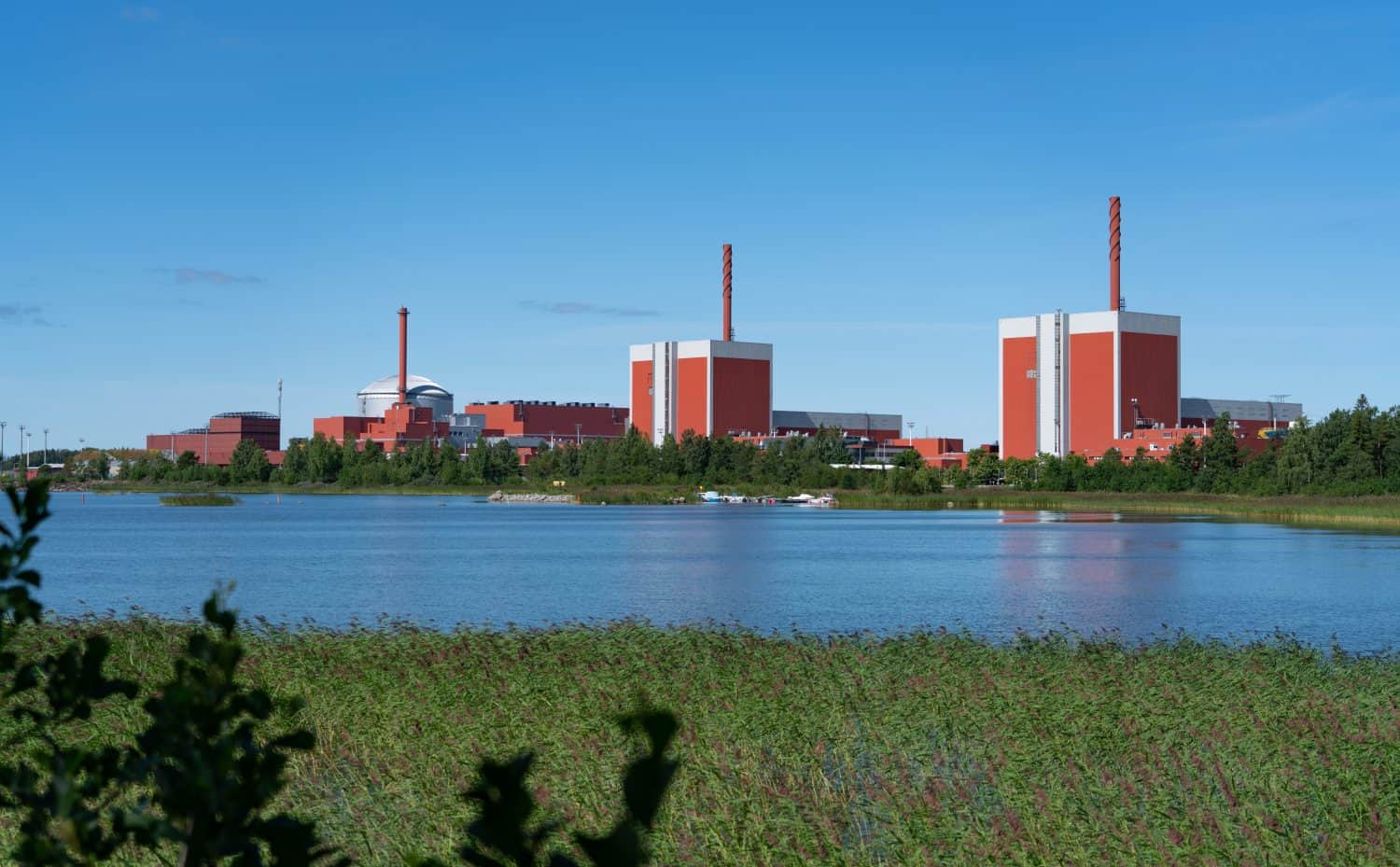
Finland is the only country to build a long-term high-level nuclear waste storage facility. It is situated on the island of Olkiluoto where three nuclear reactors are located. Waste storage there will begin in 2026, at a depth of 1,312 feet in solid bedrock. The facility is projected to last for 100,000 years.
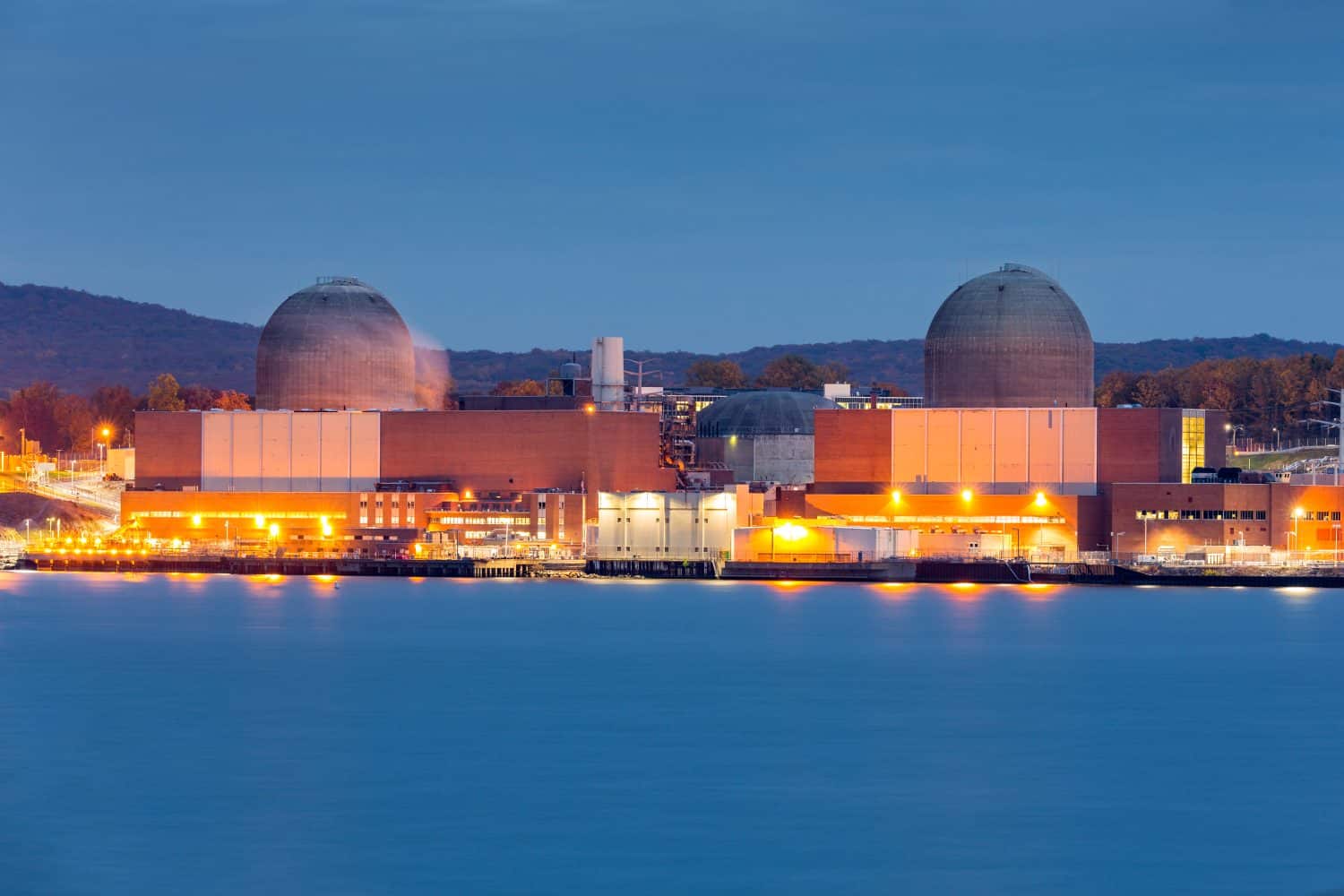
The United States does not have a permanent storage facility for its nuclear waste. The government wanted to build one at Yucca Mountain next to the Nevada Test Site but had to shelve those plans due to local opposition. Waste from nuclear weapons production is stored at a depth of 2,150 feet at the Waste Isolation Pilot Plant in New Mexico. Highly radioactive spent fuel rods and other radioactive waste is temporarily stored in steel and concrete casks at 76 different reactors in 34 states, and piling up.
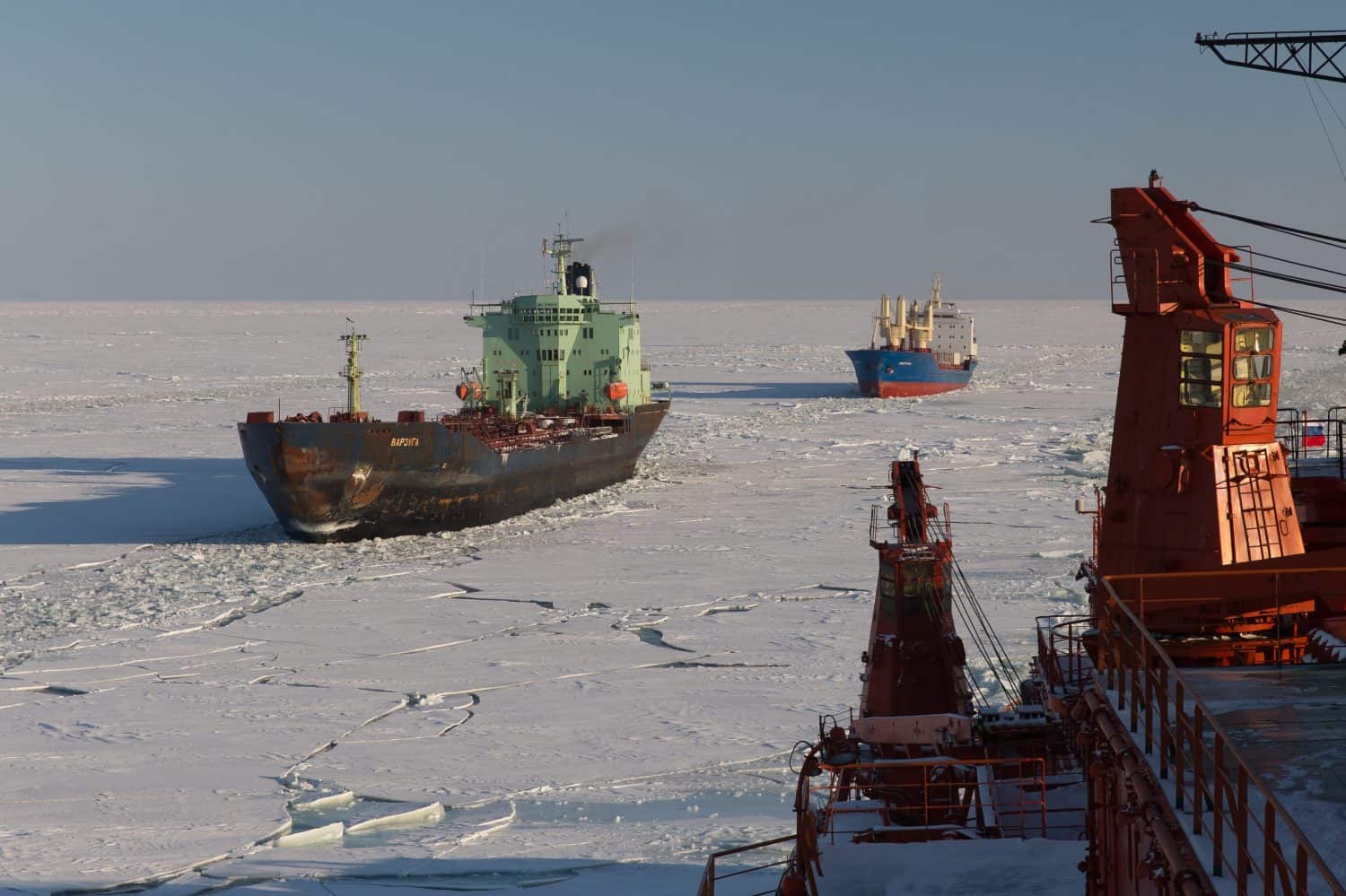
Russia has dumped a great deal of its nuclear waste in the ocean, including an estimated 17,000 containers in the Kara Sea in the Arctic. It also filled up Lake Karachay in the Ural Mountains with radioactive waste and then filled it in, considering it to be a permanent waste storage site. Used nuclear fuel rods were stored in tanks in Andreyeva Bay but leaked in the 1980s and are now being cleaned up.
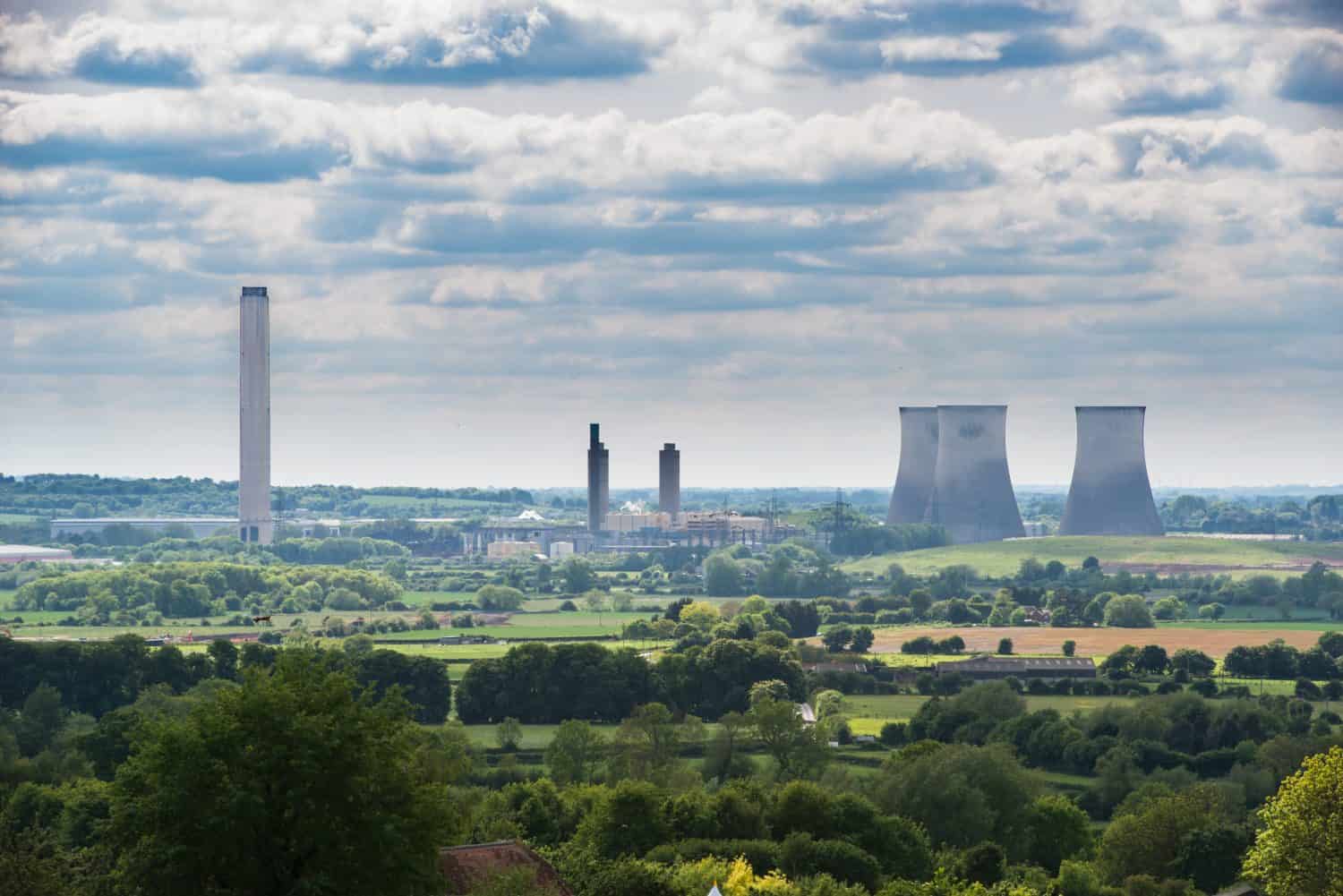
British nuclear waste is temporarily stored at Sellafield in Cumbria but the site is filling up and the country has not decided on an alternative. The government is trying to decide what to do with 22 decommissioned nuclear submarines and was reportedly considering sinking them in deep waters off Scotland.
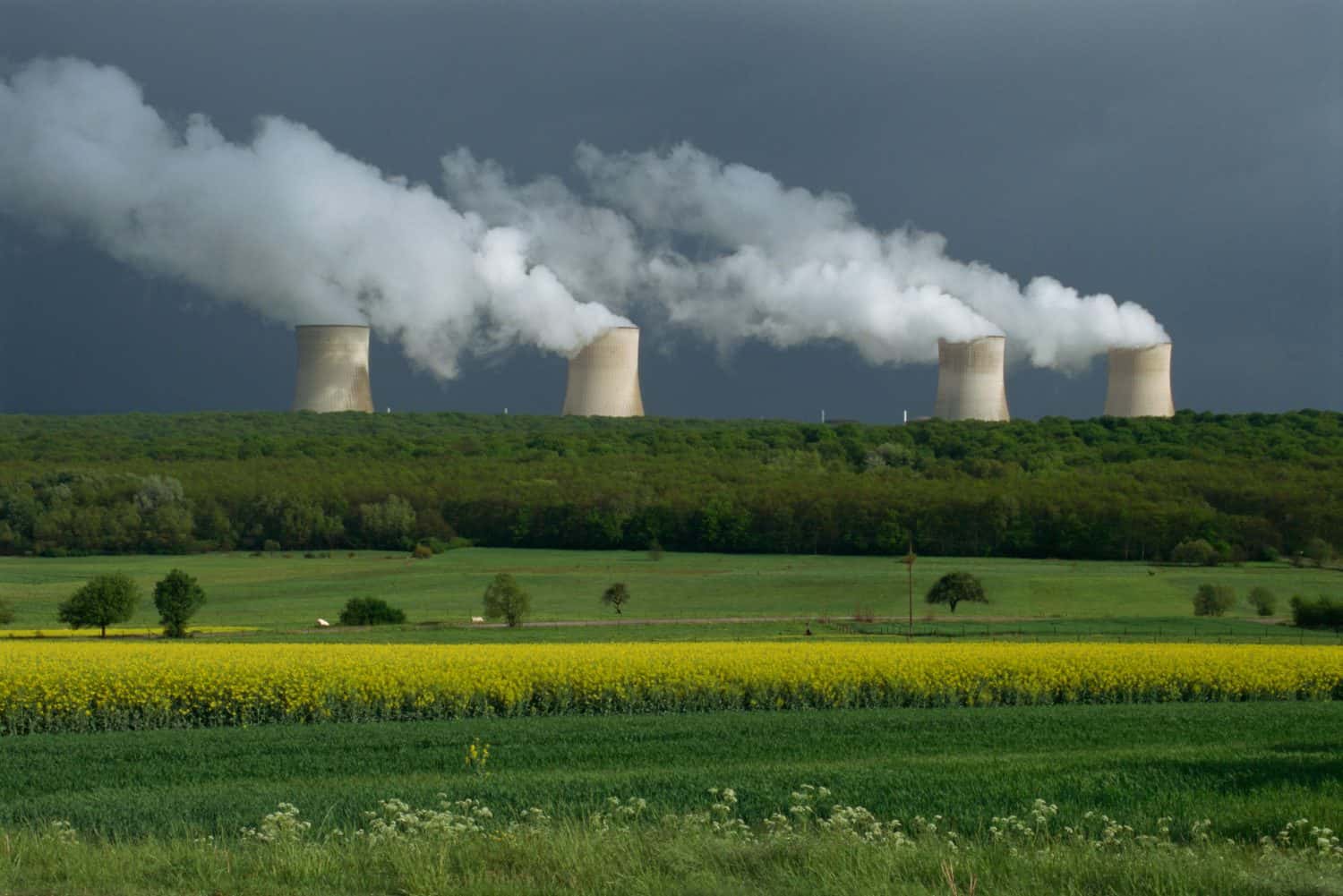
France is heavily dependent on nuclear power for its electricity needs. Waste is currently stored in secure temporary facilities. The country wants to build a facility called the Industrial Centre for Geological Disposal (CIGEO) to be located in Meuse/Haute-Marne. The facility will be able to accept waste for 100 years before filling up and being closed permanently for hundreds of thousands of years.

China has several sites around the country for disposal of low- and intermediate-level radioactive waste. The country has completed preliminary studies on a permanent storage solution in Gansu province. Construction of the facility is not expected to take place until 2040-2050, however.
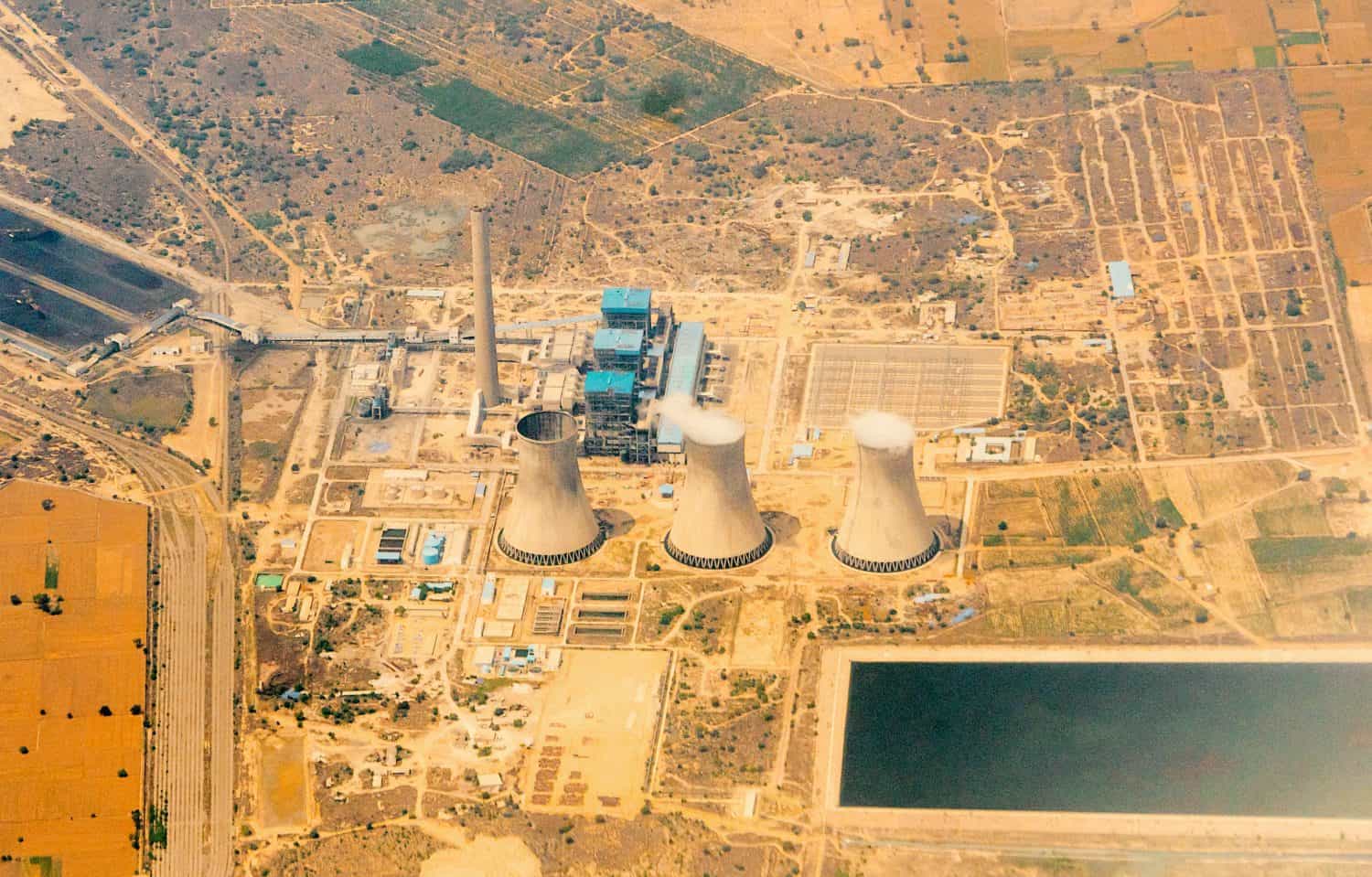
Spent nuclear fuel in India is processed at Trombay and Tarapur near Mumbai and at Kalpakkam on India’s southeast coast. Low level waste is kept in open ponds and washed out to sea at high tide. Intermediate-level waste is encased in cement or placed in drums and stored in trenches. High-level waste is stored in steel canisters. This interim storage is expected to last 30 years before a deep geological storage facility is constructed in crystalline rock formations near Kalpakkam.

Pakistan has four deep facilities for high-level nuclear waste and shallower facilities and secure above-ground storage for intermediate and low-level radioactive materials.

Brazil was the infamous site of a nuclear waste disaster in 1987 in which local people broke open a piece of radiotherapy equipment stolen from an abandoned hospital and began to handle the blue-glowing radioactive substance inside. 249 people were contaminated and 4 of them died. The houses of some of the contaminated people were demolished and incinerated, along with all their contents, and topsoil was removed from the sites to prevent further contamination.
Brazil has two nuclear power plants near Rio de Janeiro. Waste from these is stored in steel barrels in nearby warehouses. Brazil plans to open a new facility in 2029 that will be an active radioactive waste repository for 60 years before being sealed and monitored for 300 years. This cannot be considered a permanent solution, though, as it will fill up relatively soon and the waste will need to be stored for much longer than three centuries.
The thought of burdening your family with a financial disaster is most Americans’ nightmare. However, recent studies show that over 100 million Americans still don’t have proper life insurance in the event they pass away.
Life insurance can bring peace of mind – ensuring your loved ones are safeguarded against unforeseen expenses and debts. With premiums often lower than expected and a variety of plans tailored to different life stages and health conditions, securing a policy is more accessible than ever.
A quick, no-obligation quote can provide valuable insight into what’s available and what might best suit your family’s needs. Life insurance is a simple step you can take today to help secure peace of mind for your loved ones tomorrow.
Click here to learn how to get a quote in just a few minutes.
Thank you for reading! Have some feedback for us?
Contact the 24/7 Wall St. editorial team.